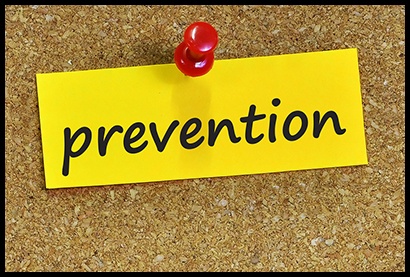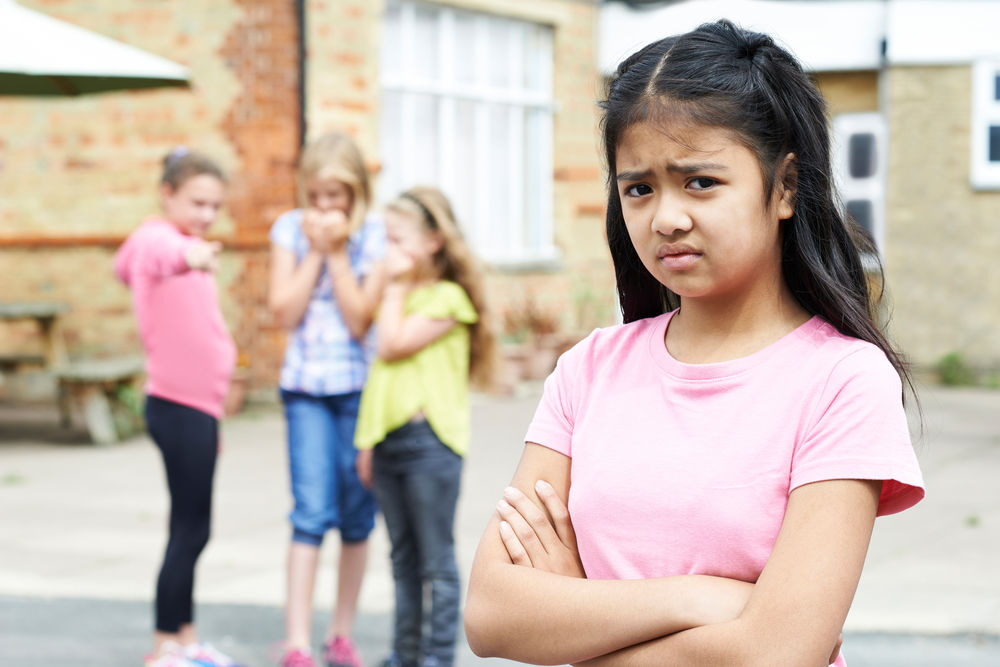At North Shore Child & Family Guidance, there’s always hope
From Long Island Business News, Oct. 20-26, 2017
CLICK HERE FOR LARGER IMAGE


In New York it is illegal to use a hand-held cell phone while driving. Although drivers have the option to use hands-free devices, studies show that talking or texting on any cell phone while driving is so mentally distracting as to suggest it is a serious safety hazard. Nevertheless, not a day goes by that I do not see drivers talking on both hand-held and hands-free devices. Safety aside, what does all this chatter in the car portend about one’s ability to be alone?
More than 50 years ago Clark Moustakas, a psychologist and the author of the existential study Loneliness, wrote, “Being alone, for me, usually means an opportunity to think, imagine, plan. I choose to be alone because I desire to be quiet for awhile to consider aspects of my life. It is usually a tranquil time of self-expression and self-renewal.”
Can you remember a time when a solitary ride in the car offered such an opportunity, to simply be alone with your thoughts, feelings and sensations—maybe with your favorite soundtrack playing in the background?
We now live in an era when, because we are plugged in 24-7, the simple pleasure of being alone is something that we avoid. For many people, young and old, aloneness is a source of discontent. Why? Are we afraid that it might lead to loneliness?
Loneliness is not just about a lack of companionship but an inner sense of being alone, regardless of the external circumstances—of feeling lonely even when with friends or family.
I believe that the recent popularity of mindfulness—a mental state achieved by directing one’s awareness on the present moment, while calmly noticing and accepting one’s feelings, thoughts and bodily sensations—is a counterforce to the busy-ness of our perpetually plugged-in lives.
As if to foreshadow the current era of mindfulness, Moustakas said, “Loneliness anxiety is a widespread condition in contemporary society. The individual no longer has an intimate sense of relatedness to the food he eats, the clothing he wears, the shelter which houses him.”
According to Maria Gonzalez, an author and corporate executive whose most recent book is Mindful Leadership, 9 Ways to Self-Awareness, Transforming Yourself, and Inspiring Others, “The daily commute is a great opportunity to train the mind.” She recommends practicing simple techniques, repeatedly, to train the mind in three areas:
1. To be more focused and better able to concentrate;
2. To experience more clarity in our thinking and decision-making; and
3. To approach all of life with a sense of balance, whereby we can “go with the flow” when a situation cannot be changed in the moment.
“The idea,” Gonzalez says, “is that you are continuously aware of three things: your body, what you see and what you hear. This is what it is to be mindfully present as you drive. Do your best to stay present for the entire commute.”
Although it seems elementary, it’s not as easy it sounds. As your mind wanders you may have the impulse to check your phone, or give in to some other distraction. When that happens, intentionally pull yourself back.
Like all things worth mastering, being mindful takes practice. As you do this you are preparing yourself to be present, to be at ease in your own company and, at the same time, you’re making the road a safer place for us all.
Andrew Malekoff is the Executive Director of North Shore Child & Family Guidance Center, which provides comprehensive mental health services for children from birth through 24 and their families. To find out more, visit www.northshorechildguidance.org

Despite feeling blindsided, many of us now know that we are living in the midst of an unprecedented drug epidemic. According to the U.S. Department of Health and Human Services, since 1999, the rate of overdose deaths including prescription pain relievers, heroin and synthetic opioids such as fentanyl, nearly quadrupled.
In the intervening years, many steps have been taken to help save lives. These include improving prescribing practices and expanding access to medication-assisted treatment and the use of Naloxone.
Medication-assisted treatment combines behavioral therapy and medications such as methadone or buprenorphine to treat opioid addiction. Through affordable, accessible and quality care people can recover and go on to live productive lives.
Naloxone is used to treat a narcotic overdose in an emergency situation by reversing the effects of opioids, including slowed breathing or loss of consciousness.
Notwithstanding the increased attention to lifesaving measures, there is relatively little focus on the devastating impact of addiction on children living in families where a parent is addicted to drugs or alcohol.
There are more than 8 million children under 18 years of age that are growing up in homes with alcohol and other drug-abusing parents. These young people are likely to become alcohol or drug abusers themselves without intervention.
Parental alcoholism and drug addiction influence the use of alcohol and other drugs in several ways. These include increased stress and decreased parental monitoring that contributes to adolescents’ joining peer groups that support drug use.
Children who grow up with an addicted parent learn to distrust to survive. When unpredictability dominates one’s life, he or she is likely to be wary, always sensing disappointment lurking nearby.
Children growing up with an addicted parent become uncomfortably accustomed to living with chaos, uncertainty and unpredictability. When a child grows up under these conditions, they learn to guess at what normal is.
Denial, secrecy, embarrassment and shame are common experiences of children who live with an addicted parent. Even seeking help outside of the family might in itself be seen as an act of betrayal, a step toward revealing the family secret. The stigma of addiction can leave chemically dependent persons and family members feeling utterly alone in the world.
Children who grow up with an addicted parent live with the unspoken mandate – don’t talk, don’t trust, don’t feel.
Growing up with an addicted family member leaves children with little hope that things will ever change. I am reminded of a parable about the small village on the edge of a river.
One day a villager saw a baby floating down the river. He jumped in the river and saved the baby. The next day he saw two babies floating down the river. He and another villager dived in and saved them. Each day that followed, more babies were found floating down the river. The villagers organized themselves, training teams of swimmers to rescue the babies. They were soon working around the clock.
Although they could not save all the babies, the rescue squad members felt good and were lauded for saving as many babies as they could. However, one day, one of the villagers asked: “Where are all these babies coming from? Why don’t we organize a team to head upstream to find out who’s throwing the babies into the river in the first place!”
Mobilizing resources to pull babies from the river, while neglecting the ones left behind makes no sense.
Andrew Malekoff is the Executive Director of North Shore Child & Family Guidance Center, which provides comprehensive mental health and chemical dependency services for children from birth through 24 and their families. To find out more, visit www.northshorechildguidance.org.
This article appeared in the Behavioral Health News, Volume 5, Number 2, Fall 2017, p. 20, under the title: Context Counts in Caring for Chemically Dependent Kids and Families


Bullying is not a new phenomenon. Ever since there were kids and schoolyards—or likely way before that—there have been bullies.
In today’s world, bullying has taken on a whole new dimension. Rather than just a school or neighborhood phenomenon, mean messages can be spread widely with the click of a button.
We’ve all likely experienced bullying at some point in our lives. Bullying runs the gamut from gossiping, spreading rumors and making threats to physical and verbal attacks.
Although bullying knows no age limit, middle school is a particularly active time for bullies to do their worst. And its effects can be devastating. According to the U.S. Department of Health and Human Services’ anti-bullying website, Stopbullying.gov:
One of a bully’s most insidious tools is intimidation, which makes many children and teens reluctant to report the behavior. That’s one reason it’s very important for schools and parents to tackle this problem head on, educating our youth on what bullying is and what they can do when they witness it or experience it themselves.
Following are some tips from Dr. Sue Cohen, director of the Guidance Center’s Marks Family Right From the State 0-3+ Center.
Finally, if you are a parent and your child is being bullied at school or by other students outside of school, don’t confront the bully or the parents. Contact the school principal or guidance counselor, and contact the police if your child is threatened with harm.
Sources:
http://www.stompoutbullying.org/
https://www.transfinder.com/resources/school-bus-bullying-prevention
